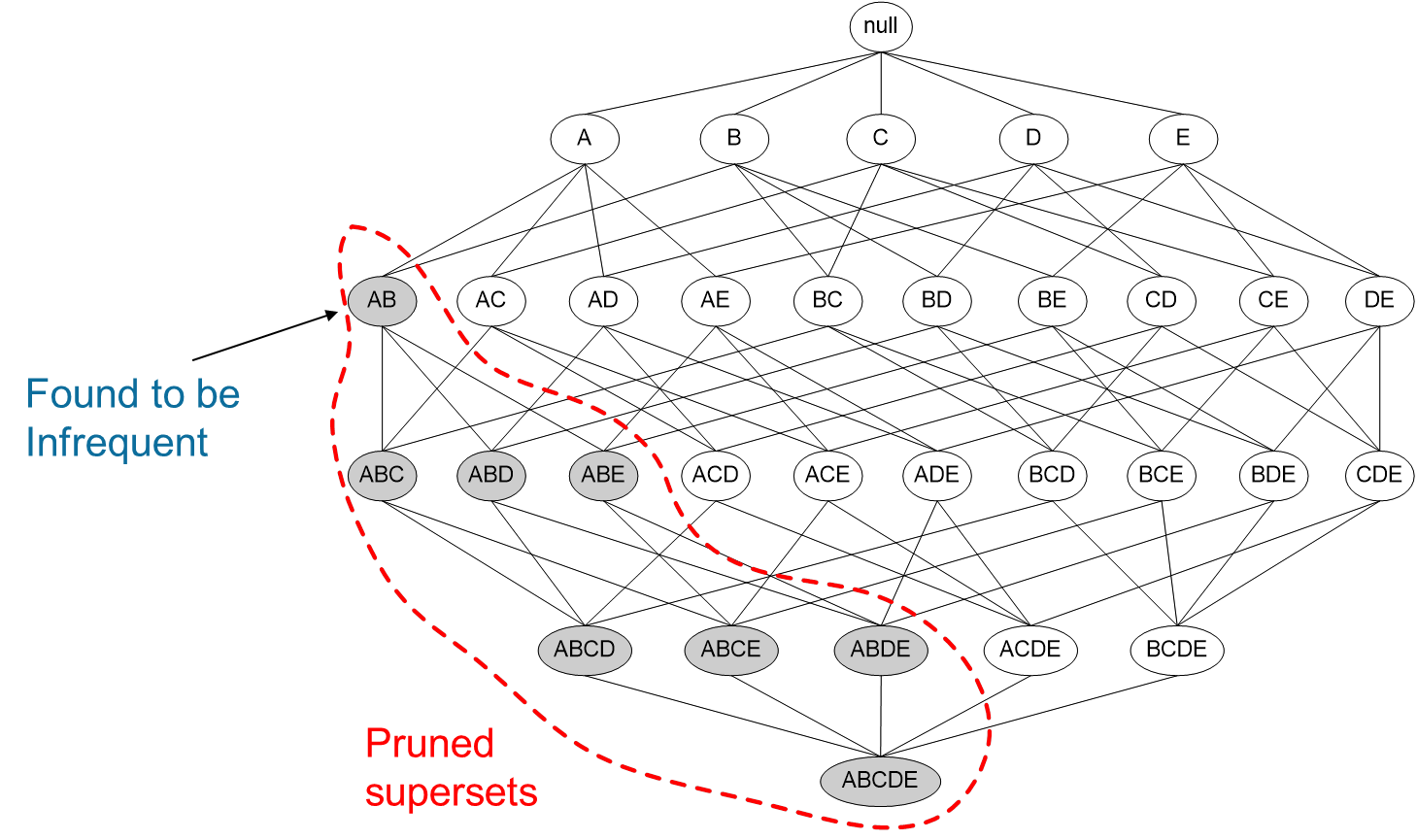Understanding Recommender Systems and their applications in the Wine Industry
In the world of wine, there exists a realm of adventure and discovery, where each bottle is a journey waiting to be embarked upon. Just as a sommelier guides a wine enthusiast through a cellar, recommendation algorithms serve as the digital sommeliers of the online world. These sophisticated tools leverage the power of data to assist customers in discovering wines they’ll fall in love with and help wineries find new patrons.
But let’s step back for a moment and consider the challenges of navigating the vast landscape of online wine selection. Every wine lover has experienced the frustration of making a blind selection, only to be met with disappointment when the bottle is uncorked. The risk of choosing a wine that doesn’t align with your preferences, the meal you’ve prepared, or the occasion you’re celebrating is a real concern.

Imagine a world where every wine selection is a potential match, curated to your unique preferences and desires. Welcome to the “Tinder of the Wine Industry,” where the science of recommendation algorithms transforms the wine-buying experience into a personalised journey of taste and discovery.
What is a Recommendation System?
A recommendation system is a data-driven software application that plays a pivotal role in modern online experiences. At its core, a recommendation system is a dynamic tool designed to curate personalised suggestions, making the online journey more enjoyable and efficient.
- Data Collection: The first step is collected data. For wineries and wine distributors, this comes in the form of past transaction data, ratings and reviews, seasonal trend data, website interaction data, survey data collected from wine tasting events and wine pairing data created by the wineries.
- Data Processing: Using analytics frameworks a system will pool this data and apply a range of algorithms, identifying patterns and similarities. It is like a winemaker analysing the grape characteristics to create a balanced wine.
- Recommendation Generation: Using the insights gained, the algorithm suggests wines to customers based on their provided interests.
- Feedback Loop: Over time, as customers interact with your winery’s offerings, the algorithm continues to learn and refine its recommendations. Much like a fine wine that gets better with age, recommendation algorithms improve with time and more data – as customers interact with the system, it matures and becomes more accurate!

How to build a Recommendation System
Association Rule Mining
Association Rule Mining is a rule-based recommendation technique used to uncover meaningful relationships and patterns within datasets. For wineries, this method finds its application in Market Basket Analysis, a powerful tool for understanding customer preferences and enhancing wine recommendations.
In the world of wineries, think of a ‘basket’ as a representation of items that customers select, much like the bottles they add to their cart during a wine-tasting visit or online shop. Market Basket Analysis comes into play by helping wineries understand associations between different wine selections.
To ensure that these association ‘rules’ (or recommendations) are strong and accurate, we need to filter out recommendations that are not important. Market based analysis is based on discovering associations between items by using association rules:
- One antecedent and one consequent: e.g. If a customer likes a Shiraz, we recommend a suitable steak.
- Multi antecedent: e.g. If a customer enjoys cheese and crackers, we suggest wines to complement the pairing.
- Multi consequent: e.g. If a customer prefers a particular wine, we recommend a selection of cheese and crackers to go with it.
Think of the antecedent as wines that users have interacted with in the past, and consequents as recommended wines that would pair well.

The Metrics
We choose the best recommendations in rule mining using a process called Pruning. Pruning uses metrics to remove uninteresting or irrelevant rules. The 5 metrics we use are:
-
Support: Main metric to measure how interesting and important a rule is. It can be applied to a single item or pair of antecedents and consequents. It is calculated by dividing the number of transactions including certain item(s) by the number of total transactions. Values range from 0 to 1.
Think of support as the popularity of a specific wine pairing. If Cabernet Sauvignon is a widely favoured wine in your dataset, its support would be high, indicating its popularity among customers.

-
Confidence: Probability of purchasing item B given that they purchased item A. It is calculated by dividing the support of item A&B by the support of item A. Values range from 0 to 1. It is important to use support together with confidence since popular items can mislead the interpretation of results if we use support metric only.
For example, if a recommendation system suggests a Merlot to pair with a Cabernet Sauvignon with high confidence, it means that this combination has been historically well-received by customers.

-
Lift: Used to detect uninteresting association rules to ease rule pruning. It assumes the occurrence of item A in a transaction is independent of the occurrence of item B otherwise these two items are dependent and therefore correlated. It is calculated by dividing the proportion of transactions that contain items A and B by the proportion of item A and item B that takes place independently. Values range from 0 to infinity.
Lift(A->B) > 1 means that items are positively correlated and occurrence of one positively affects the occurrence of the other.
Lift(A->B) = 1 means that there is no correlation.
Lift(A->B) < 1 means that items are negatively correlated and occurrence of one negatively affects the occurrence of the other.
If the lift is high for a Cabernet Sauvignon recommendation after a Merlot choice, it means customers are significantly more likely to enjoy the Cabernet Sauvignon as a follow-up.

-
Leverage: Measure of the difference between having items A&B in a transaction together and having item A and item B independently. It is calculated by extracting the proportion of item A and item B that takes place independently from the proportion of transactions that contains items A and B. Values range from -1 to 1.
If the leverage is positive, it indicates that the items A and B tend to co-occur more often than expected by chance, suggesting positive association.
If the leverage is negative, it means that the items A and B tend to occur together less frequently than expected by chance, indicating negative association.
If the leverage is high for a Chardonnay recommendation following a Pinot Grigio choice, it suggests that Chardonnay is a distinct and noticeable recommendation in this context.

-
Conviction: Used to measure how much a consequent depends on an antecedent. It is calculated by multiplying the proportion of transactions that contain item A with the proportion of transactions that do not contain item B and dividing this by the proportion of transactions that contain item A and not item B. Conviction value ranges from 0 to inf.
If the conviction is close to 1, it means the recommendation is not strongly dependent on the initial wine selection, indicating that customers might choose it regardless of their initial wines.


Using the Metrics
Using these metrics to build a strong recommender system requires strong algorithms. A popular association algorithm is the Apriori Algorithm.
The name of the algorithm is Apriori because it uses prior knowledge of frequent itemset properties.
The Apriori Property states that:
“All non-empty subsets of a frequent itemset must also be frequent.”
This means that if there is a frequent item then, its subsets will also be frequent. For instance, if {Shiraz, Sparkling} is a frequent itemset, it means that {Shiraz} and {Sparkling} must individually be frequent too.
It’s a bottom-up approach. We start from every single item in the itemset list. Then, the candidates are generated by self-joining. We extend the length of the itemsets one item at a time. The subset test is performed at each stage and the itemsets that contain infrequent subsets are pruned. We repeat the process until no more successful itemsets can be derived from the data.
The 5 metrics are used to prune these rules and recommend strong wine pairings.

Recommendation Systems in the Wine Industry
Personalised Wine Tasting Experiences:
Recommender systems can transform wine tasting events into personalised journeys. As participants rate wines on characteristics such as appearance, aroma and aftertaste through the Vinolytics interface, the system can use this data to recommend additional wines that align with individual preferences. Attendees can explore a curated selection of wines to their tastes, enriching their tasting experience.
The data collected during wine events can be a valuable resource for wineries and event organisers. It can provide insights into attendee preferences, helping wineries tailor future events and product offerings. Recommender systems can analyse this data to identify emerging trends and refine wine recommendations for subsequent events.
Online Wine Cellars and E-Commerce:
Online wine cellars and e-commerce platforms can leverage recommender systems to provide customers with personalised wine recommendations. By analysing user behaviour, purchase history, and ratings, these systems can suggest wines that align with individual tastes, increasing the likelihood of a satisfying purchase.
Bottle Shops and Wine Cellar Doors:
Brick and mortar retailers can benefit from recommender systems for instore product positioning to appeal to customers, and to create compelling bundle deal promotions. Consumers can also benefit from receiving an individually curated list of recommended products when they enter a store – rather than the daunting prospect of choosing between the thousands of products on the shelves.
Wine Subscription Services:
Subscription-based wine clubs and services can benefit from recommendation algorithms by curating wine selections for subscribers. These systems can consider subscribers’ preferences, past purchases, and feedback to assemble monthly or quarterly wine shipments that cater to each member’s palate.
Inventory Management:
For wineries and online distributors, recommender systems can help manage inventory more effectively. By analysing customer demand and preferences, these systems can optimise wine stock levels, ensuring that popular wines are readily available while reducing overstocking of less in-demand products.
Enhanced User Experience:
Providing customers with a seamless and enjoyable online shopping experience is crucial. Recommender systems enhance user experience by simplifying the wine selection process, helping customers discover new wines, and building trust in the platform’s recommendations.


